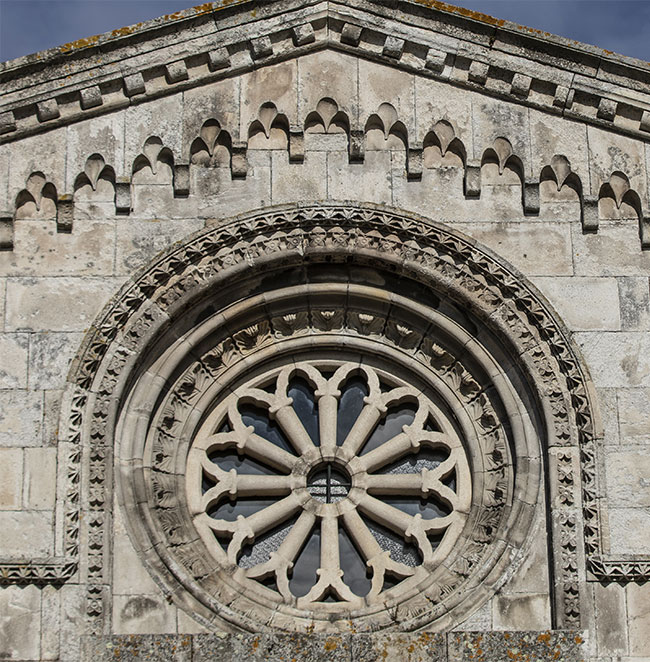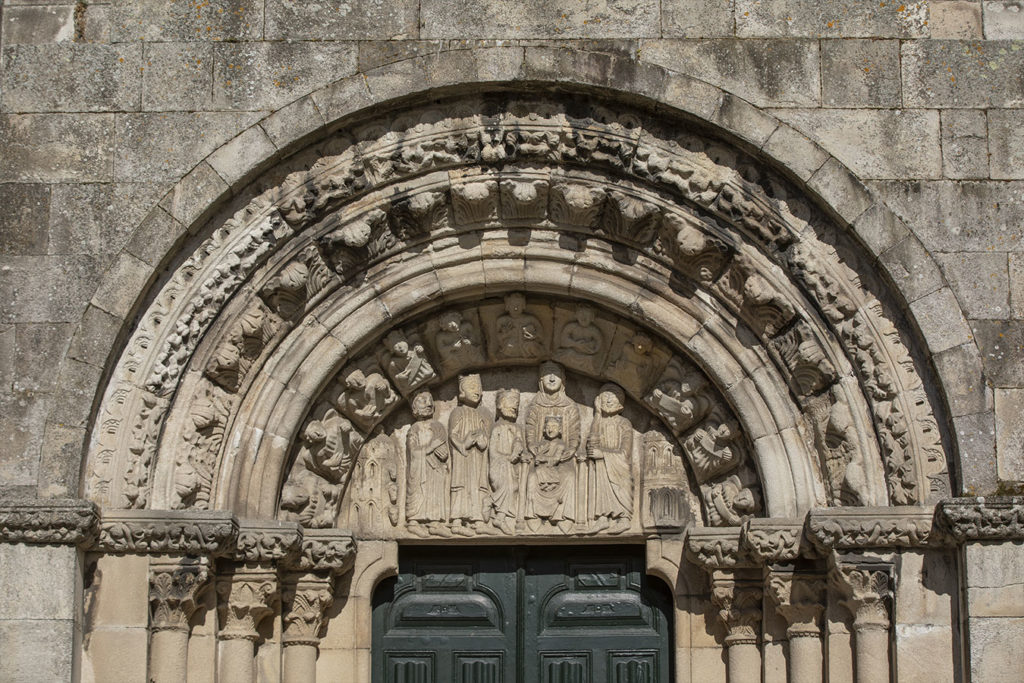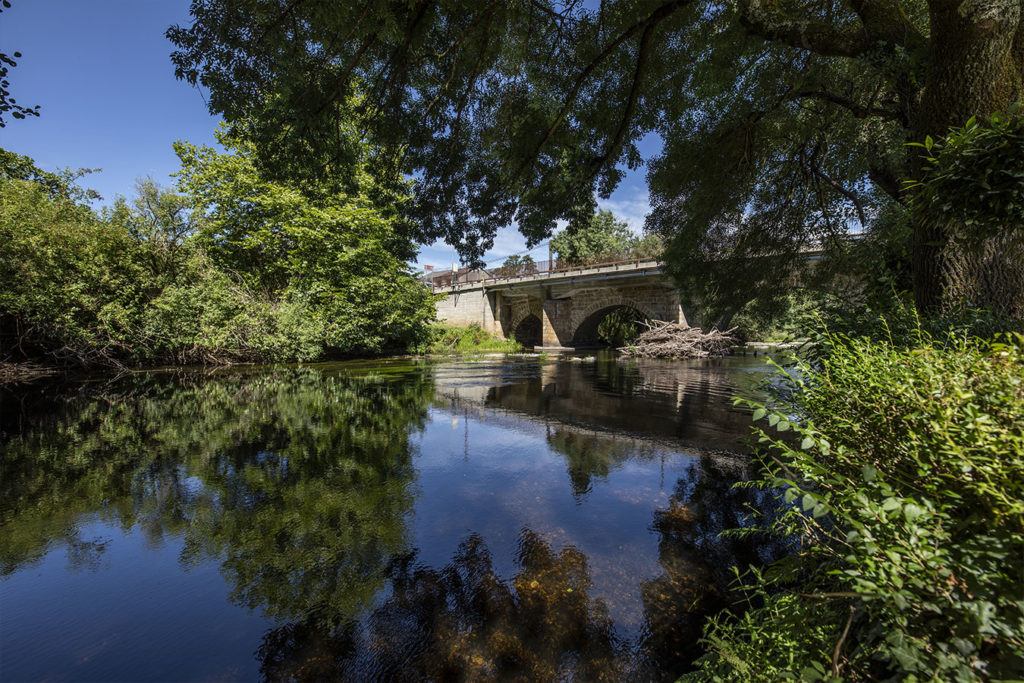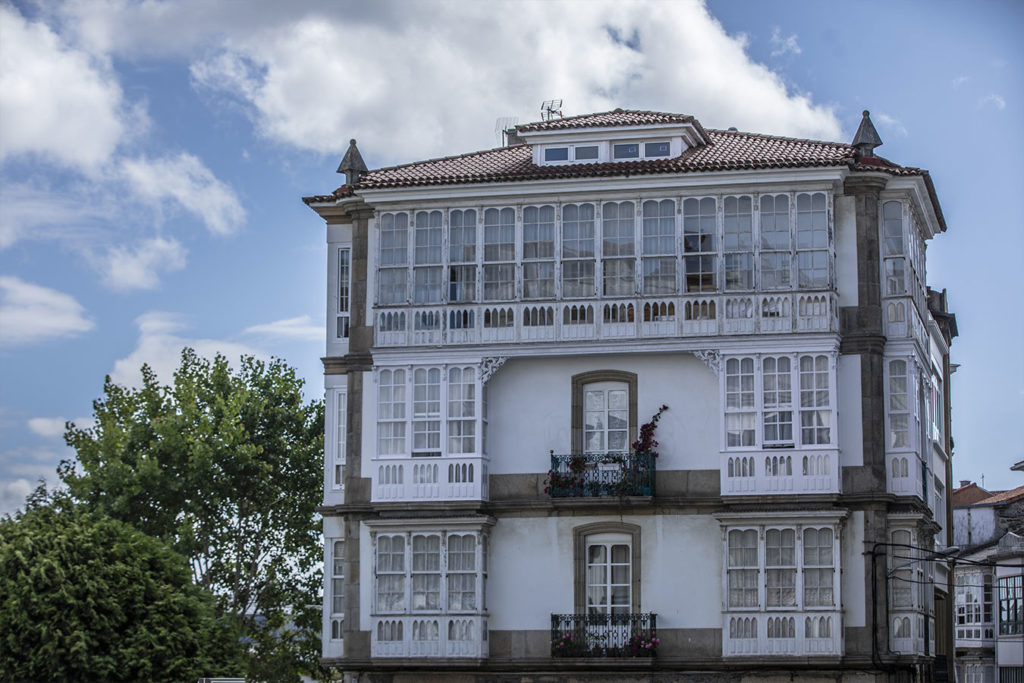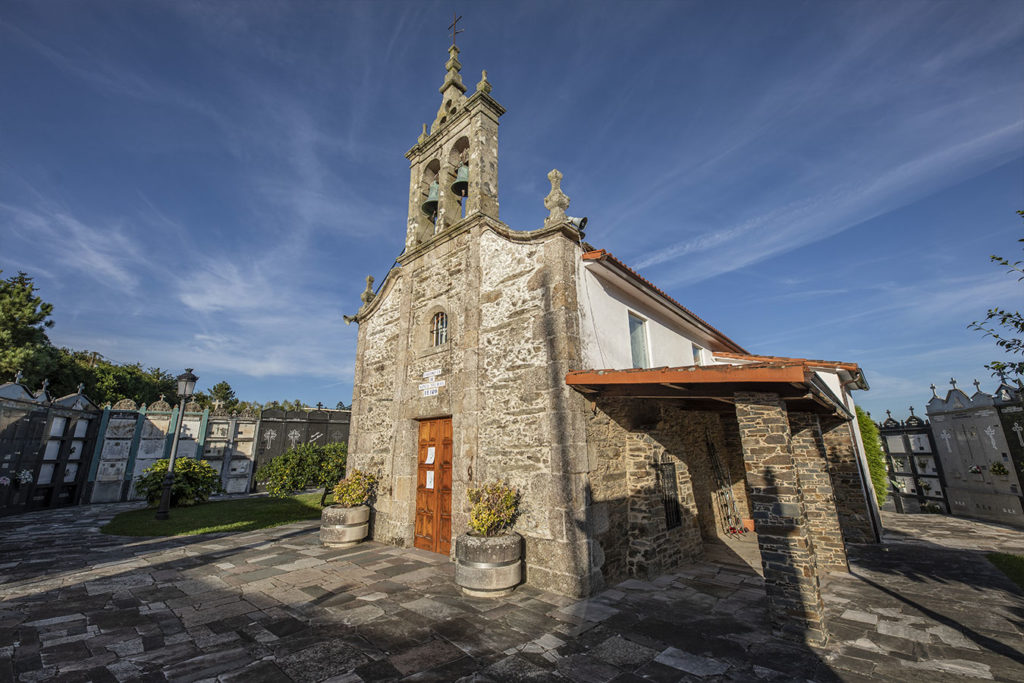Clothing and Packing List for your journey
Before starting the journey to Santiago, make sure you take with you all the necessary to complete the Camino Inglés without any surprises or missing anything. Excess weight in your luggage can, of course, be counterproductive to the experience on the Camino.
What luggage should you take with you on the Camino Inglés? With the aim of maximising comfort during the pilgrimage, we have put together some recommendations for a suitably packed rucksack. Of course, these are merely suggestions, and you can choose what to pack freely!
We recommend you choose carefully, taking only essential items with the least possible weight. Three pairs of socks, underwear and breathable t-shirts, one pair of convertible walking-trousers and another pair of shorts or leggings and a sweatshirt or a windbreaker jacket, comfortable shoes and a pair of sandals. Breathable, outdoor apparel is practical for quick washing and drying in your accommodation. You do not need any more clothes. Do not overequip and forget the "just in case" items.
Remember that for everything else you may need, there will be plenty of shops and pharmacies along the Camino Inglés.
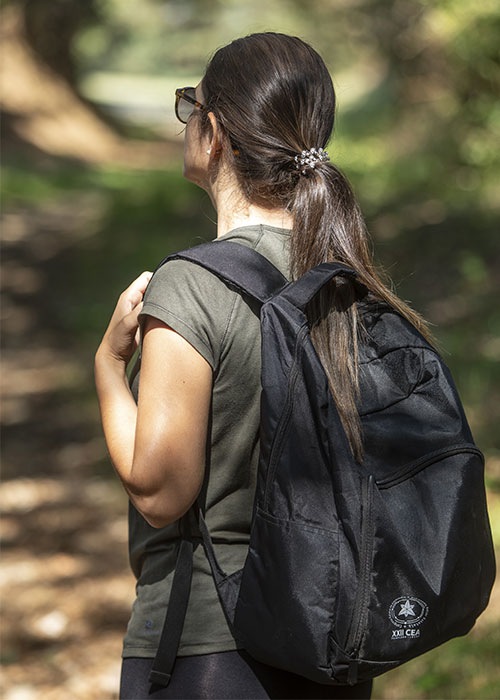
The basics
Professional Outdoor Clothing: made for trekking or hiking, it is made of breathable and quick-drying materials, so it can be washed every day if necessary. We suggest you take three T-shirts, one pair of convertible walking-trousers, one pair of shorts, a light jacket, underwear and socks for three days. You can include a pair of lycra pants to avoid scratches.
Proper footwear: We believe that the best footwear is the one that fits you. Based on our experience, the ideal shoes would be walking shoes, fitting just below the ankle and breathable so as to keep your feet dry. But each to their own! Depending on your habits you can wear walking-boots, sandals with socks, trainers... The most important thing is that it is comfortable footwear, that has already been worn in for a few months and that, in addition, you remember to pack a pair of flip-flops to rest your feet at the end of the walk each day.
Hiking backpack: It should be adjustable, waterproof and breathable. The optimal capacity is about 30-40 litres in order to keep a light load. Bear in mind that the bigger your backpack is, the more "just in case" stuff you will take with you.
Additional material: Within the most essential items you should include a hat or a cap, a sleeping bag, trekking poles and a first aid kit including bandages to treat blisters, some anti-inflammatory tablets and/or cream. Do not forget your mobile phone charger.
Clothing
Clothes should be light and sparse. Two sets of clothes for walking and an extra one for after the shower is enough. In hot periods, breathable summer T-shirts are better than classic cotton T-shirts, as they are very light and breathe well – avoiding dampness.
The trousers should be convertible zip-leg pants which can be used as full-length pants or as shorts if hot. They should be made of lightweight material that dries quickly.
The socks should be proper hiking socks: seamless, offering maximum comfort and quick drying too. You will avoid blisters with this type of sock.
You should bring a small bottle of soap to wash your clothes. You can take clothes pegs to hang them up to dry at the public hostel or on your rucksack (or better with safety pins that take up less space and do the same job). Remember most of the public hostels will have a washing machine and a dryer.
Depending on the season, you should wear gloves, take a warm hat for cold weather and a raincoat, etc. You should always take a hat or a cap to protect yourself from the sun. In winter it is also advisable to take additional warm clothes such as a fleece.
In case of rain, we recommend you wear a short raincoat and a pair of waterproof trousers – not forgetting a waterproof protector for the backpack too. Another option is to wear a rain poncho, but it will not be as comfortable because the wind will make you more exposed to the rain.
On sunny days you will need a cap and sun cream. Do not forget to take sunglasses.
For showering: take flip-flops, a small quick-drying towel and toiletries.
Footwear
Best are breathable hiking shoes which keep your feet as dry as possible, especially during the hottest months of the year. It is also advisable to change your socks every few hours. Your shoes should have been worn in previously, so it is not a great idea to wear them for the first time as you embark on the Camino de Santiago. We also recommend that you wear shoes that are a little larger than your usual size as your feet may be swollen due to heat or physical exertion.
Be sure to take flip-flops to rest your feet when finishing the stages and they should also be worn when showering, keeping your feet safe from any fungal infections.
As we bring this section to an end, please note that whilst low mountain shoes may be preferable as they are lighter, some walkers may indeed prefer high-ankle mountain boots instead. This really comes down to personal preference!
Documentation and money
- ID/Passport.
- Credit or pre-paid bank card.
- Cash
- Health insurance (or foreign insurance if applicable)
- Pilgrim's badge.
Make a cash forecast that you will need for 2-3 stages, but take into account that you will find cash machines all along the Camino. Better to bring small notes and coins. Bear in mind that in some public hostels (amongst some other establishments) you will not be able to pay with a bank card.
Hygiene and health
Heed must be paid to this section, particularly with the public health situation that we are currently experiencing.
Ideally basics should be carried in the smallest possible format:
- Liquid soap that can also be used for hair and clothing.
- Toilet paper and paper towels (pack the minimum, as you will be able to buy them en route).
- A light towel, (preferably ‘microfibre’ as they are very light, take up little space and also dry easily).
- High SPF sun cream.
- Take only a very basic first aid kit, as you will find all you need in public hostels and many towns have a pharmacy.
- Adhesive dressings, tape, gauzes,...
- Scissors, tweezers, hypodermic needles...
- Antiseptic, analgesics (aspirin, paracetamol...) and anti-inflammatory.
Useful Accessories to take
A multipurpose penknife. It should be as small and light as possible.
A small torch or headlamp to move around the public hostel at night. Nowadays, with the mobile phone it is usually enough.
Clothes pegs and safety pins to hang the clothes from the rucksack.
Always carry some food with you: energy bars, dried fruit, nuts... They will give us a quick energy boost if we need it. Do not carry large bottles of water. Half a litre or 750 ml is more manageable.
A pillowcase. It is advisable to take your own when sleeping in public hostels.
A multi-port plug or charger for mobile phone, camera, external batteries...
